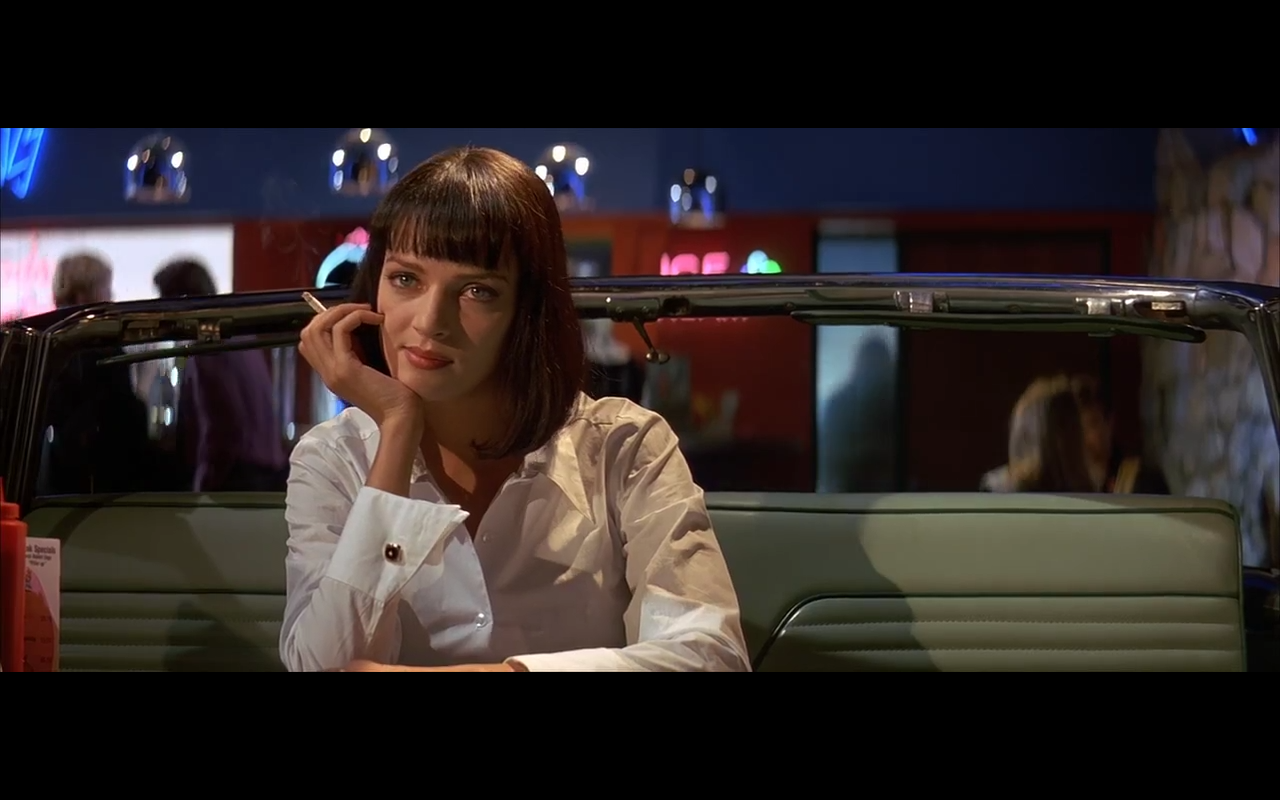Only nineties kids remember this” is a familiar phrase for social media scrollers, one used to announce the inherent transience of any fashion trend, TV show, or other cultural phenomena. It is exclusive, an inside joke. It is the reserve of a demographic who are just old enough to remember a better time before that pesky Generation Z came along and ruined everything.
While my own sense of nostalgia for the nineties is limited, there is no doubt in my mind that this was the greatest decade in the history of film. Disclaimer: I am no Roger Ebert. There is little point in me trying to argue that this was the greatest decade in film in any objective sense. Rather, I can assure you that it is my own personal favourite decade and give you some of my best arguments. Feel free to disagree with me. You’d be wrong, of course, but that’s your prerogative.
Following the rise of the big blockbuster, cinema stood on the edge of a brave new world as the millennium drew to a close. The home video market increased the amount of revenue that films could expect to earn. This inevitably led to stylistic changes in filming and editing to cater for small – as well as big – screen viewing. Cinemas coexisted in perfect harmony with the trusty Blockbuster video store on the corner. It was a power shift that paved the way for the more recent rise of digital distribution media such as Netflix.
The increasing influence of the small screen complimented another hallmark of nineties cinema: the success of the ‘indie film’. Films from independent studios began to combine festival furore with the kind of box office success which had previously only been enjoyed by Hollywood blockbusters. By the end of the decade, several independent studios had been acquired by major ones. Teenage Mutant Ninja Turtles got the decade off to a good start, becoming the most successful independent film at the US box office at that time. The film grossed over $100 million – not bad for its independent studio New Line Cinema, who became poster-boys for the ‘Indie Dream’. Cinema had never been so stylish. From its screening at Sundance in 1992, Miramax Films’ Reservoir Dogs became a classic of independent film. Two years later, Pulp Fiction made Quentin Tarantino a household name. The film achieved overnight success, winning the coveted Palme d’Or.
Tarantino brought pop-culture together with the pillars of traditional cinema, paving a new path for the film of the 21st century. 1995 saw our old friend New Line Cinema release the chilling masterpiece Seven, allowing David Fincher to exorcise the demons of his directorial debut, Alien 3. Then with 1999’s Fight Club, Fincher and Twentieth Century Fox proved decisively that the combination of indie talent and major studio muscle could be a winning one. Imagine cinema today without independent directors, without Paul Thomas Anderson, Sofia Coppola, or Guillermo del Toro. They, along with many others, came to the fore during the nineties.
There must have been something in the water because it wasn’t just the young blood who reached new heights. The decade opened with Goodfellas, a film many regard as the greatest in the career of Martin Scorsese. The following year, James Cameron’s Terminator 2: Judgement Day became one of the few sequels to have bettered the original, while 1993 saw Steven Spielberg bring the novel Jurassic Park to the screen in the most awesome fashion. In the nineties, going to the cinema was a hard-hitting experience. These films were renowned for their groundbreaking use of computer-generated imagery, which expanded the boundaries of cinema. In the 21st century, the fetishisation of CGI has become one of the defining characteristics of blockbuster films. The most ambitious use of CGI came in the mid-1990s when Toy Story became the first feature-length film to be completely computer animated. The very fact that films of this kind are now considered ordinary is a testament to the legacy of Pixar’s early imagination, which produced the similarly successful A Bug’s Life and Toy Story 2. At the same time, Disney underwent a renaissance, releasing animated classics such as Aladdin, The Lion King, and Hercules. These films gave us songs like ‘I Just Can’t Wait to be King’ that still ring around in our heads despite our best efforts to banish them to the back of our minds.
That’s the thing about nineties films. They’re still appreciated twenty years later, many of them even more so than on their release. They were born out of the fusion of old and new, of style and substance. Much of this article reads like a random list of iconic films from the decade, but there are so many more: Forrest Gump, Titanic, Independence Day, The Matrix, Scream, etc. If there isn’t a single one of these titles that resonates, where have you been for the last twenty years? In the nineties, film was changing rapidly. 90s films capture cinema at a critical juncture, a time of innovation, and that’s why so many of them are timeless.



